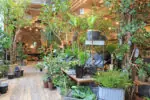Traveling around the world in 2 hours? ! Learn about the world's buildings at "Inuyama Little World"!
Table of Contents
The pointed hat roof registered as a World Heritage Site
"House in Alberobello, Italy"

This is the building of Alberobello, which was registered as a World Heritage Site in 1966 (Showa 41).
It is a restored farmhouse from the southern part of the Italian peninsula. Traditional houses in Alberobello are characterized by their pointy roofs and are called "trulli." The roofs, ceilings, walls, and floors are all made of limestone, which is abundant in the region. The thick masonry walls protect the people from the intense heat and cold.

The white part on the top of the roof is called "Pinnercoro", and is decorated with limestone restraints that prevent rain from leaking. The pattern drawn with lime underneath is a symbol mark that expresses the wishes of the owner of the house.

You can see that the stones are piled up in many layers.

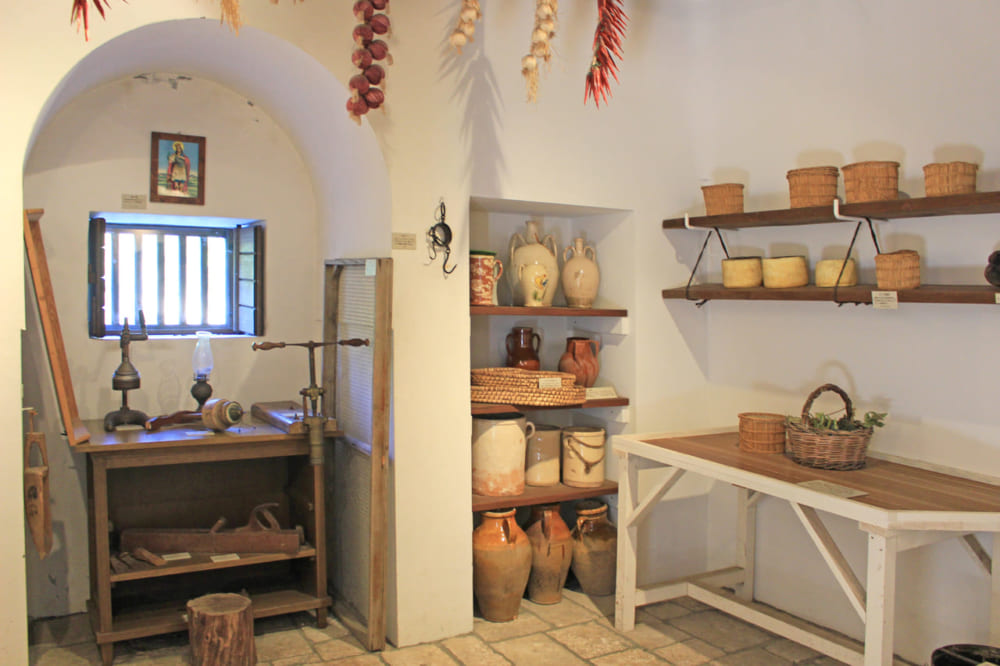
The walls of the trulli are plastered with white lime. The entrance and windows are narrow to avoid the heat, but the white walls reflect the light and make it feel bright and spacious.
 A stone that has actually been on the roof for decades. The flat stones for the roof of the trulli are called "cancarelle".
A stone that has actually been on the roof for decades. The flat stones for the roof of the trulli are called "cancarelle".
Features a colorful geometric pattern
"House in Ndebele, South Africa"

Below are some very unique homes.
This is the house of Ndebele, who lives in Kochi, an inland part of South Africa, at an altitude of 900-1500m. It features colorful geometric wall paintings drawn with water-based paint, all drawn freehand. Painting murals is the work of women. It seems that it represents the self-assertion of the ethnic group, "The people who live here are Ndebele!"

 The murals were painted by an Ndebele woman from South Africa who actually came to Japan.
The murals were painted by an Ndebele woman from South Africa who actually came to Japan.

 There are no wall paintings in the kitchen and bedrooms, but they are finished with colorful paint. The interior is also unique.
There are no wall paintings in the kitchen and bedrooms, but they are finished with colorful paint. The interior is also unique.
Impressive colorful textiles
"A private house in Istanbul, Turkey"

The last thing we would like to introduce is a restored traditional Istanbul house. Istanbul is one of the world's largest cities that has prospered as a crossroads of civilization since ancient times, and the old city is also designated as a UNESCO World Cultural Heritage Site.

The blue eye-shaped glass ball above the entrance is a Turkish amulet called "Nazar Bonju". It is believed to ward off evil from the evil eye.

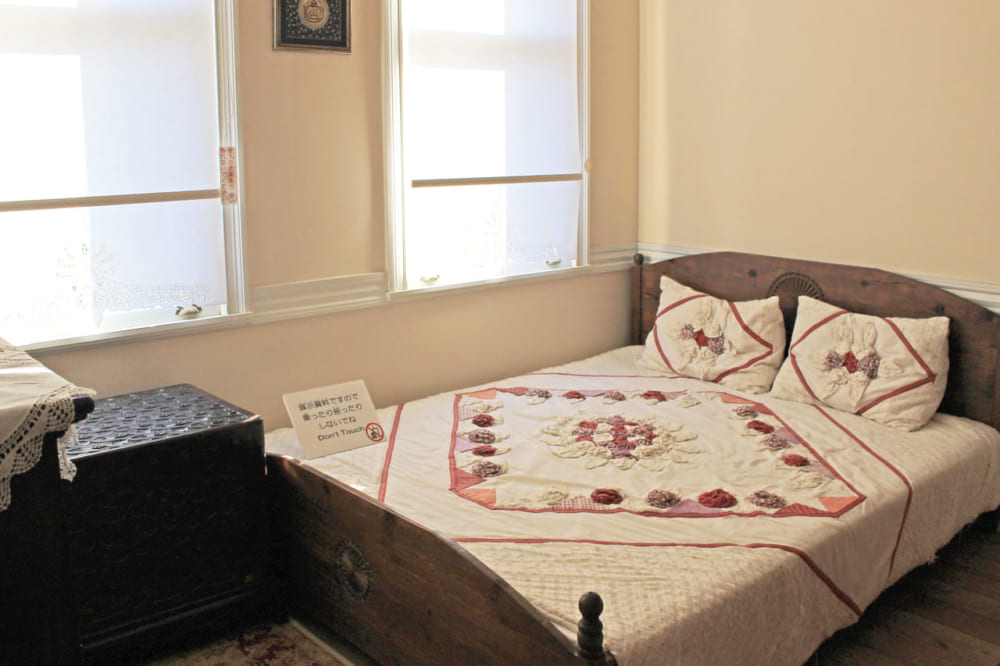

Textiles are one of the major industries in Turkey. The private houses were filled with brightly colored textiles.
 "Relaxation room" at the top of the stairs. It is an important space that plays the role of connecting the rooms on the second floor. An essential part of traditional Turkish homes.
"Relaxation room" at the top of the stairs. It is an important space that plays the role of connecting the rooms on the second floor. An essential part of traditional Turkish homes.

This time, we introduced 11 out of 32 facilities in 23 countries. There are still many attractive buildings and facilities. Faithfully recreated buildings will make you feel like you are really visiting the country. There were many points that could be used as reference, such as materials, floor plans, architectural styles, as well as interiors and colors.
And although we have introduced it from the perspective of a building, visitors can enjoy gourmet foods and ethnic costumes from around the world, and the main building exhibits approximately 6,000 ethnic materials. This is a theme park where children and adults alike can enjoy themselves all day long. It is a good place to stop by on a day off, or to go there for reference when building a house. Why not visit Little World this weekend?


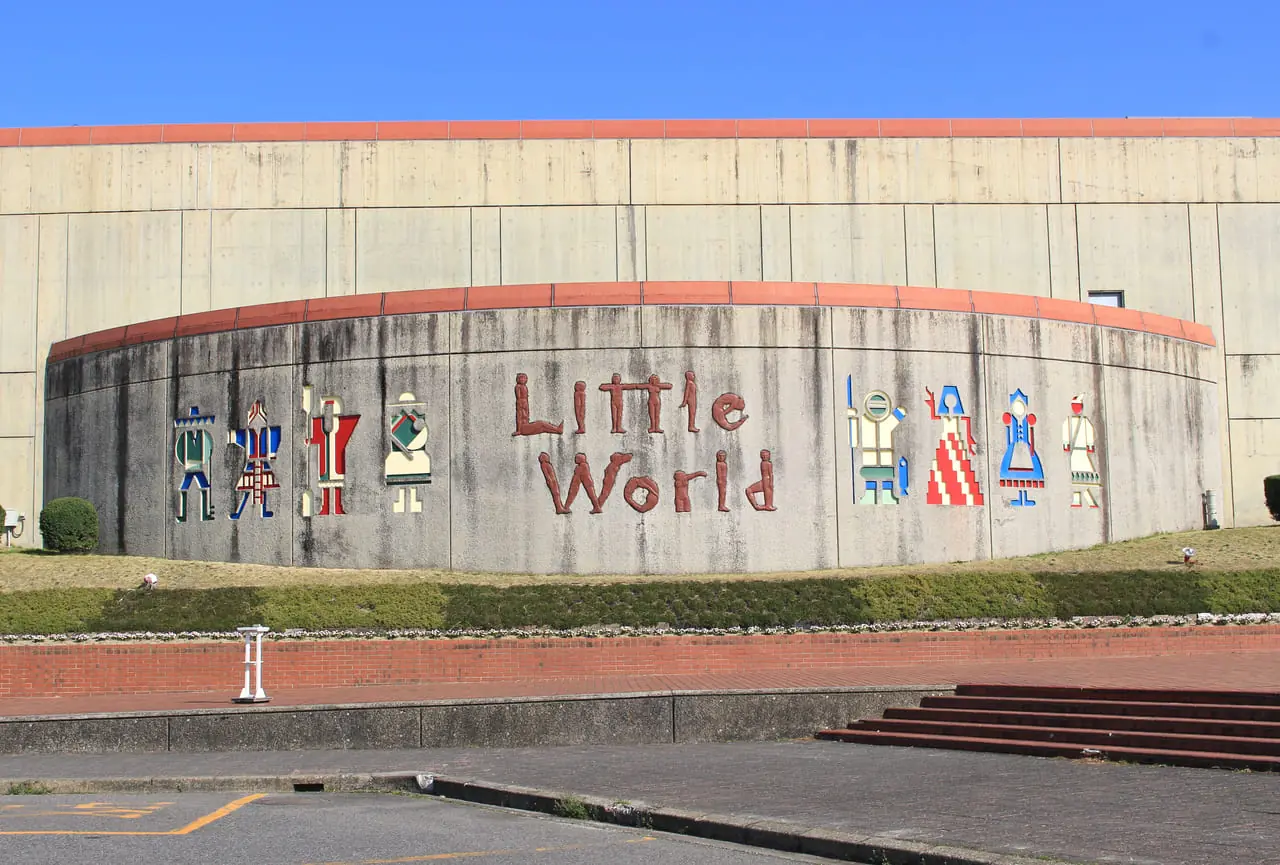
![[Inuyama City] Recommended Outing Spots](https://life-designs.jp/wp/wp-content/uploads/2022/06/2906b3f31480161a326c81aea3653ff0-1024x580.png)

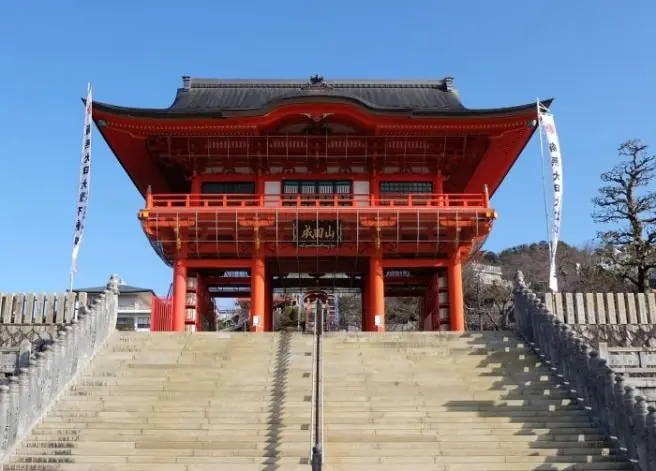
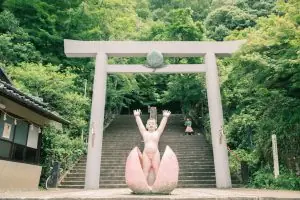

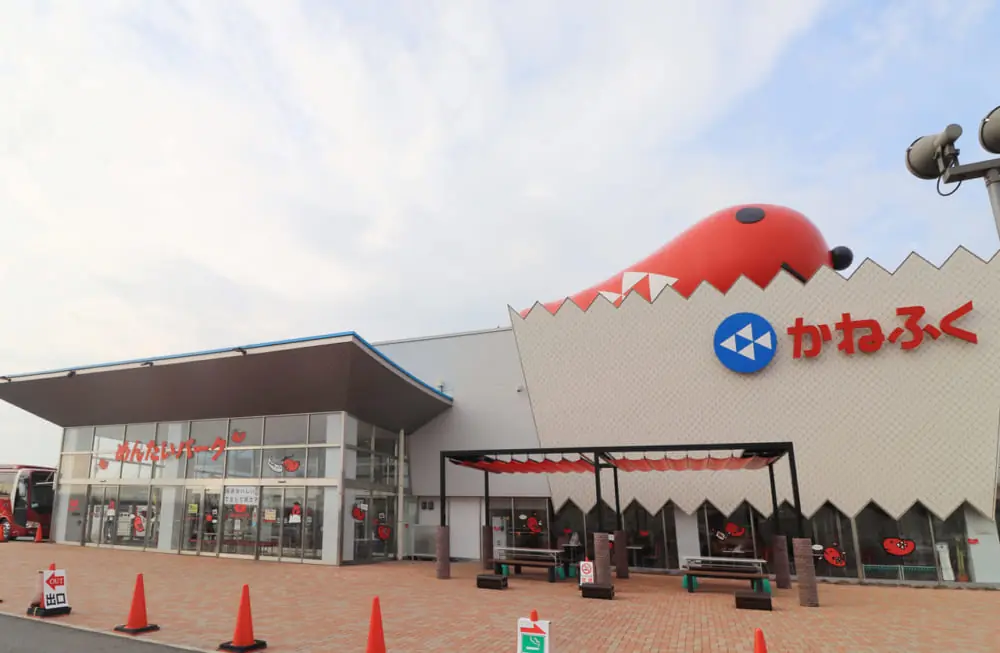
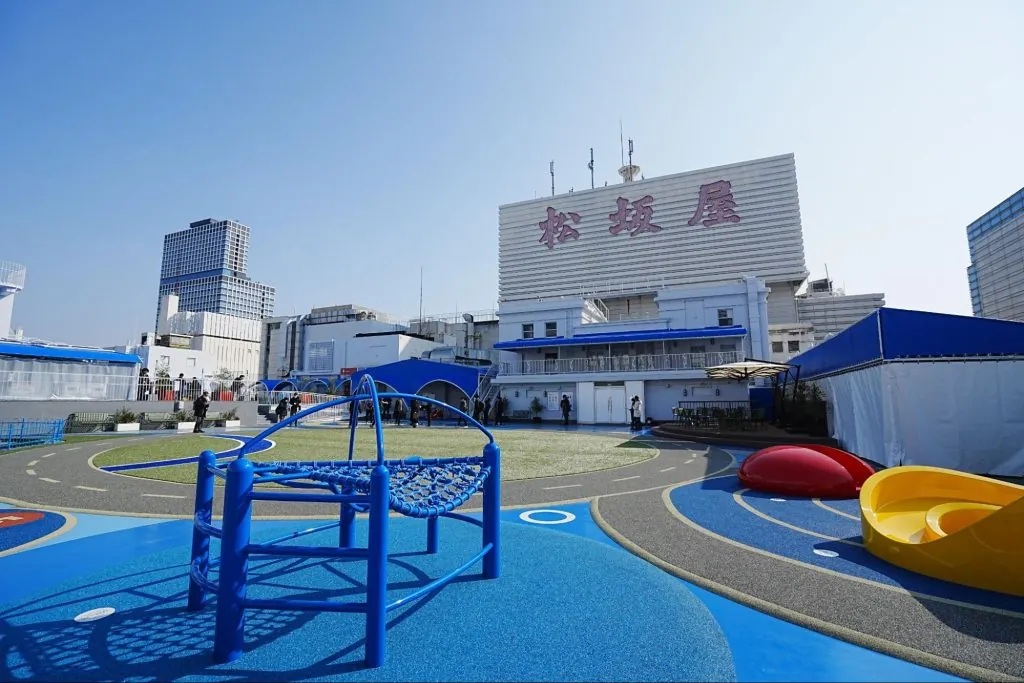

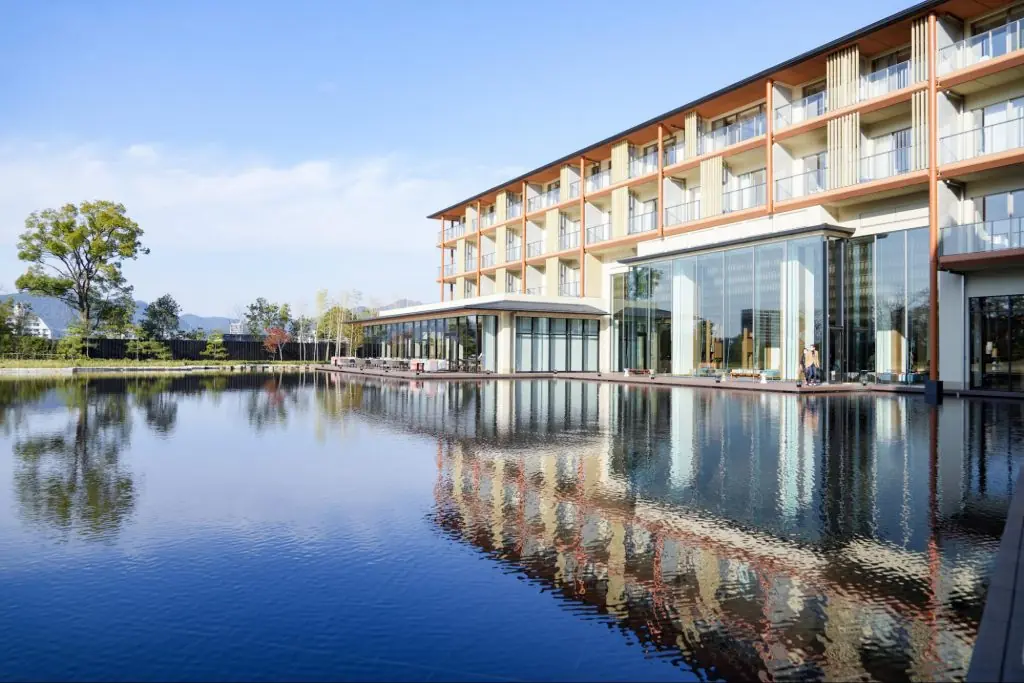
![[Inuyama] Try Out the Homemade Flavors at "YEH ice cream"](https://life-designs.jp/wp/wp-content/uploads/2023/01/image4-1024x577.jpg)

![[Inuyama city] "tsuide", a bookstore with the theme of "food"](https://life-designs.jp/wp/wp-content/uploads/2022/12/image10-17-1024x624.jpg)
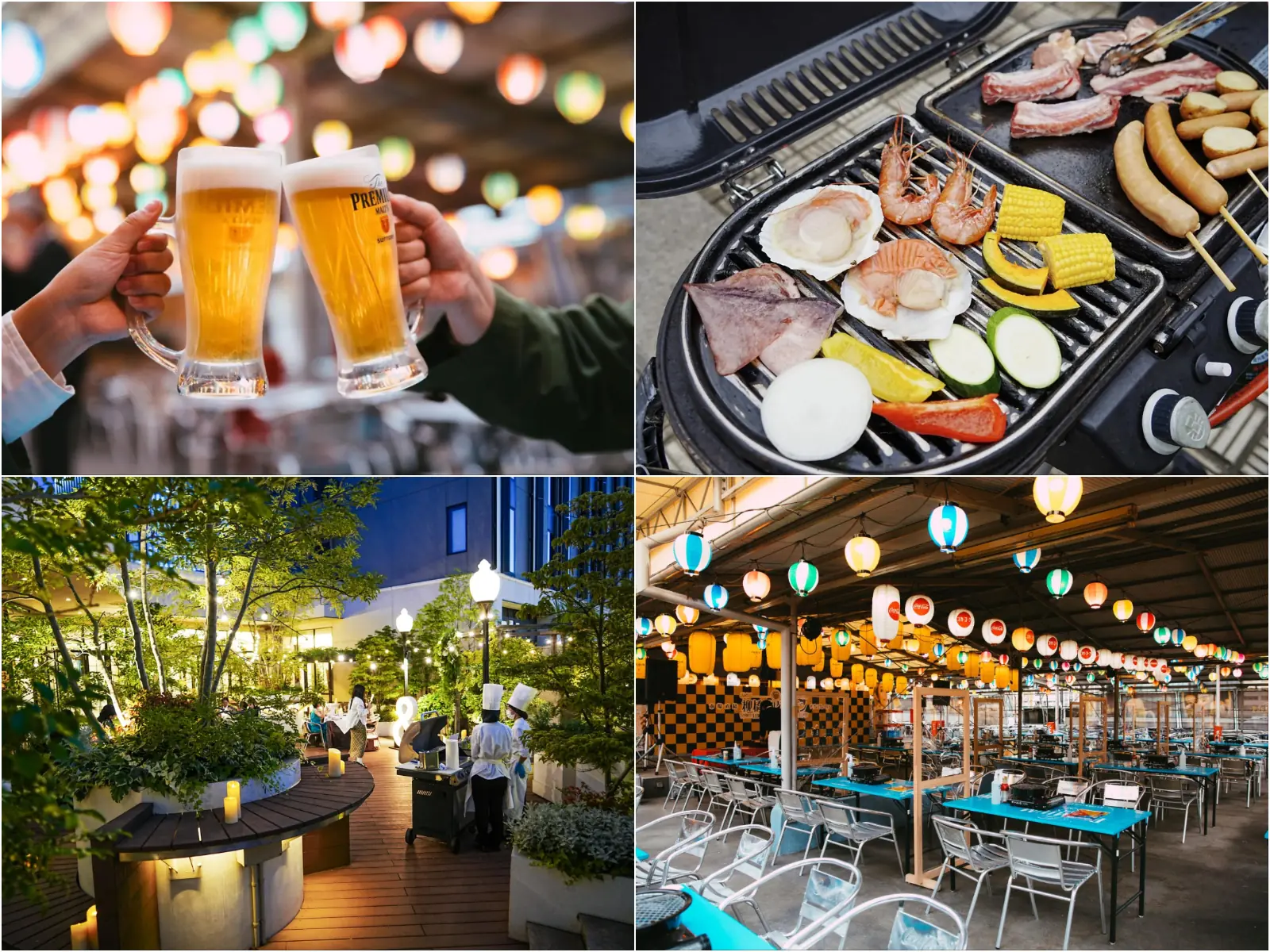
![[Indoor Facilities] Where to Go on Rainy Days in Tokai Area! For Family Outings!](https://life-designs.jp/wp/wp-content/uploads/2023/07/FotoJet-23.jpg)

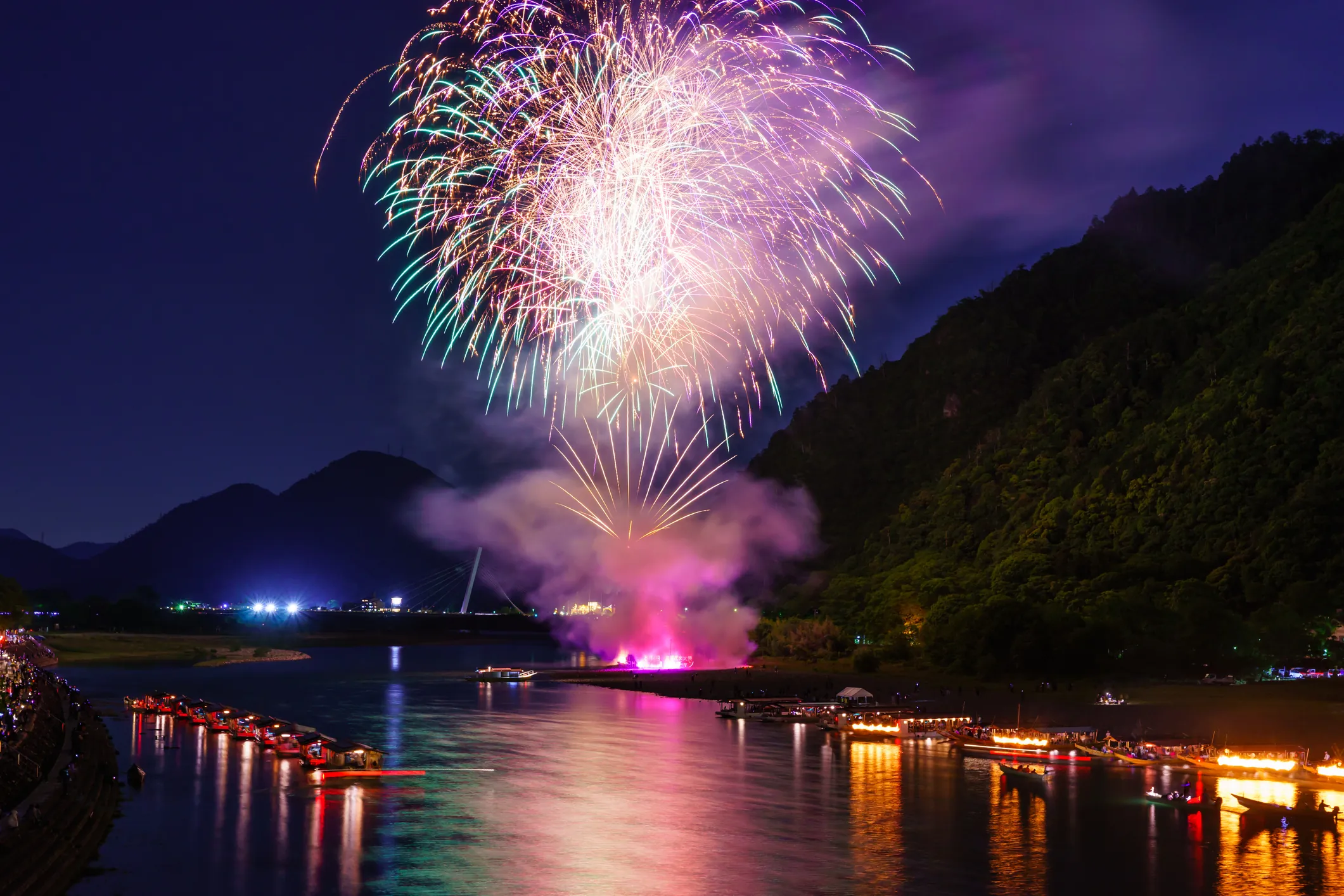

![[2025 Latest Edition] 32 Summer Resorts Within 2.5 Hours by Car from Nagoya!](https://life-designs.jp/wp/wp-content/uploads/2020/08/d5e9a698a33b82fe60aa760e3d6d995f.jpg)
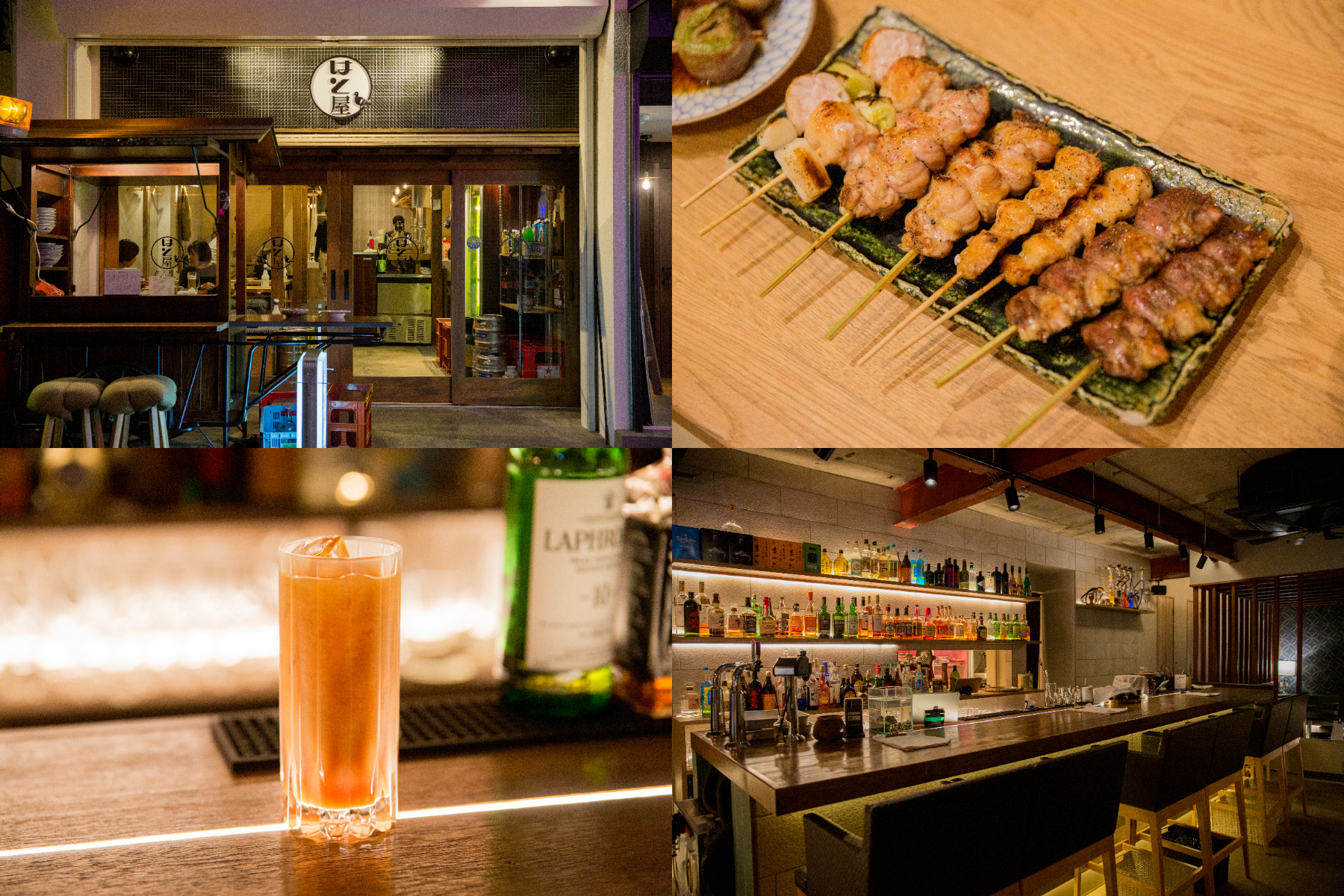
![[Special Feature] Enjoy Your Day at a Park!](https://life-designs.jp/wp/wp-content/uploads/2019/12/LD_banner_w1920x1088_park-1-768x435.jpg)
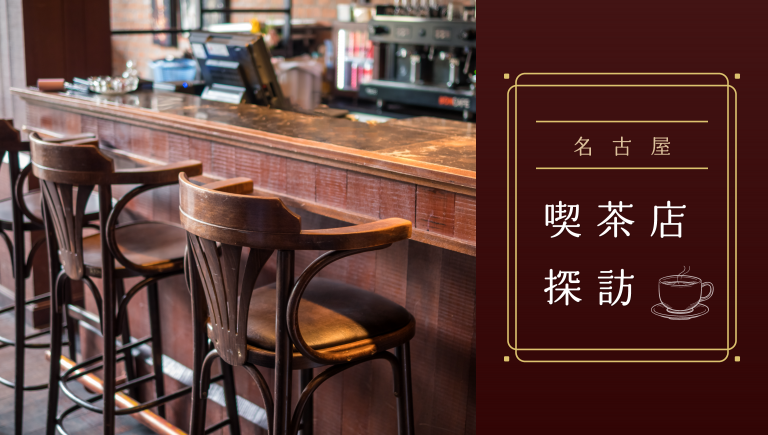
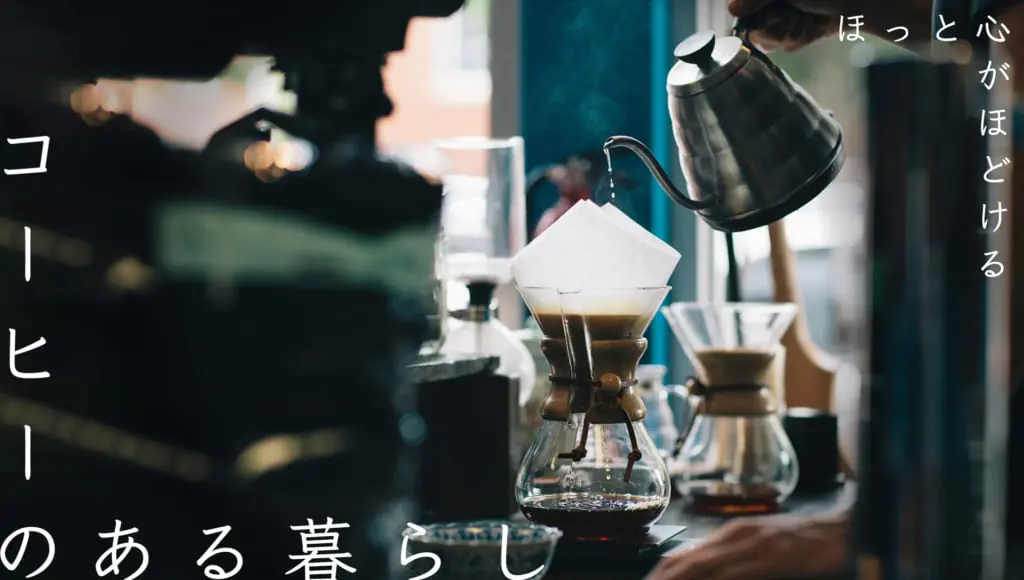
![[Sauna Specials] Feel Revitalized in Sauna!](https://life-designs.jp/wp/wp-content/uploads/2021/07/Sauna-1024x580.jpg)
![[Nagoya-meshi] Nagoya's Speciality Dishes](https://life-designs.jp/wp/wp-content/uploads/2022/06/5ba2ca8c038fd4af7527bc0826367cfb-1024x580.png)
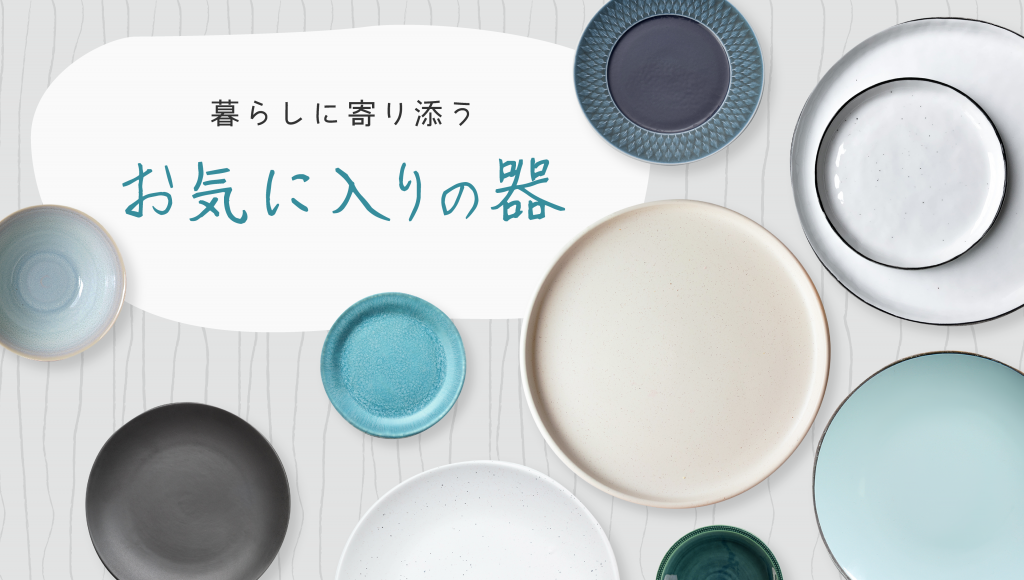



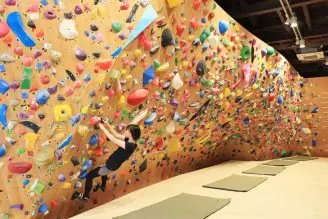
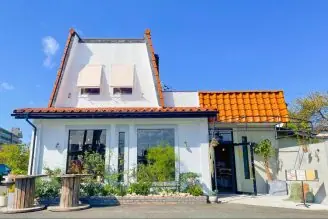
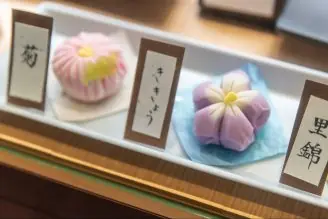
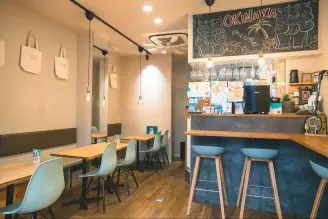

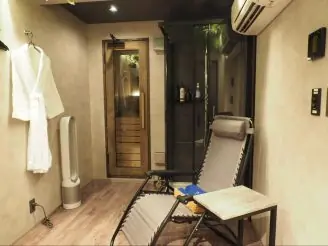
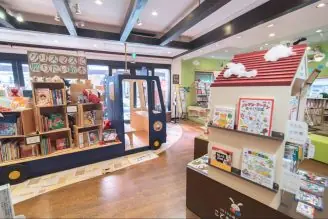

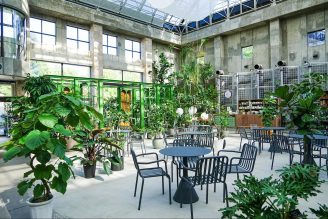
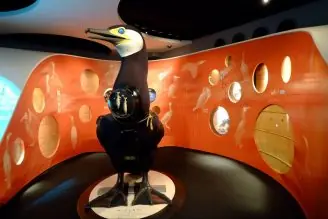
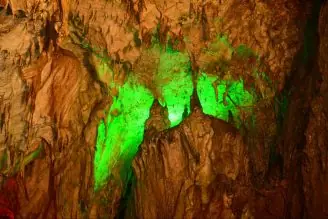
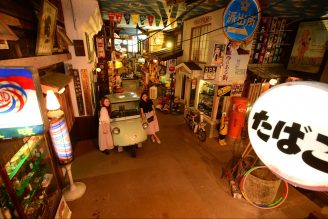
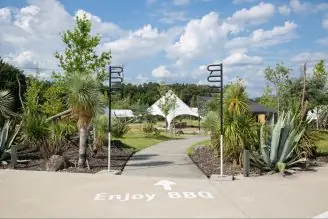
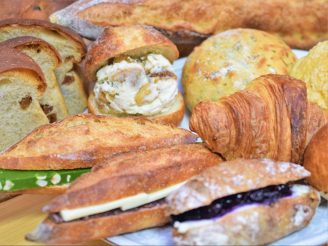
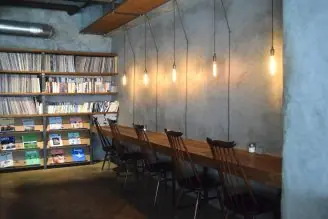

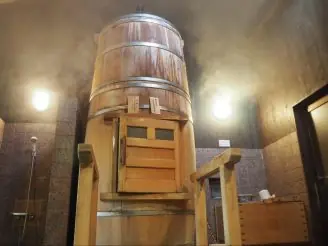
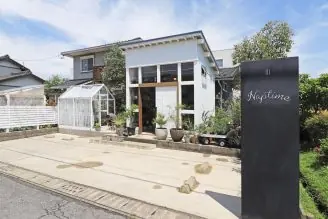

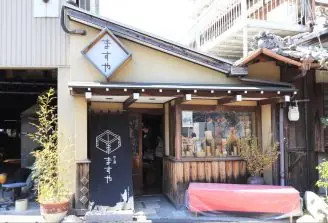
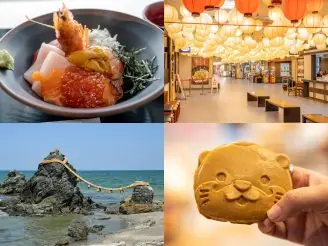
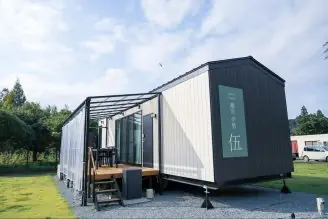


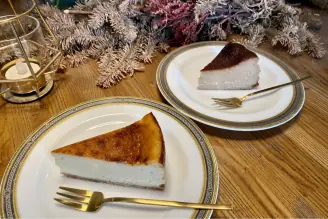
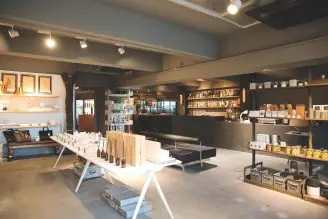

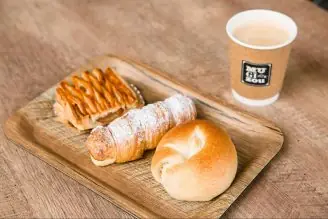
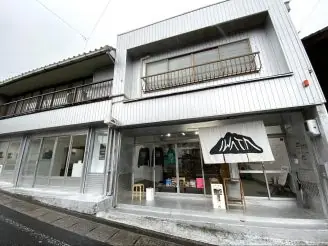
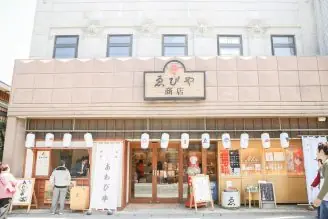
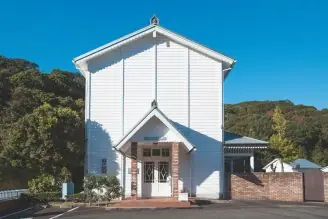
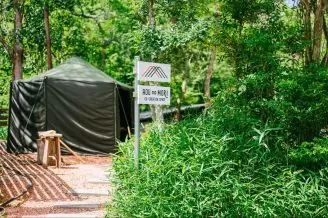

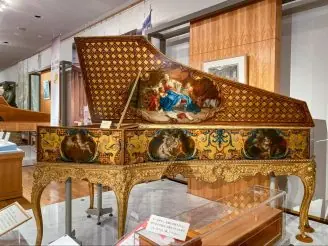

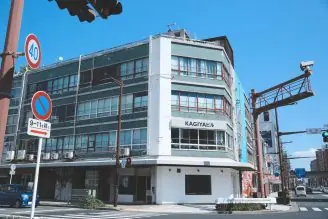
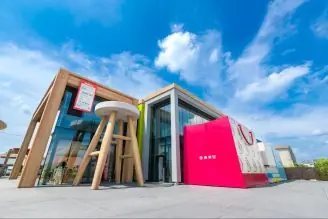
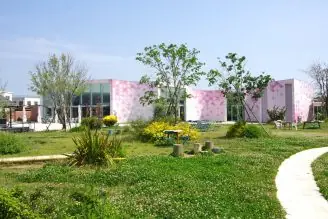
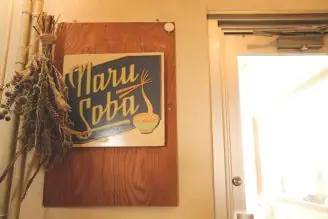

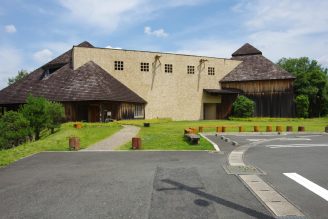
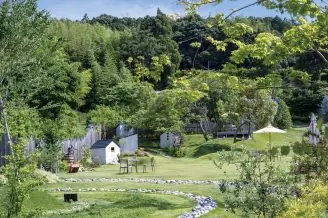
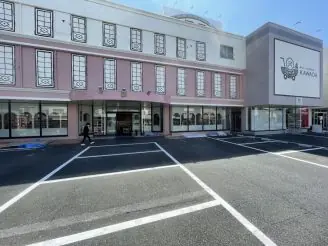
![[28 selections] I want to get it when I go to Ghibli Park! Recommended goods & souvenirs (Ghibli’s Grand Warehouse edition)](https://life-designs.jp/wp/wp-content/uploads/2023/07/07bb34f30842ccc4c6412fc060e1966c-1024x683.jpg)
![[9 Selections] Summary of Retro Coffee Shops in Nagoya](https://life-designs.jp/wp/wp-content/uploads/2021/11/image1-30-1024x683.jpg)
![[10 selections] Recommended for Girls' Trip from Nagoya! Special feature on Hotels and Inns](https://life-designs.jp/wp/wp-content/uploads/2022/11/FotoJet-1-1024x768.jpg)
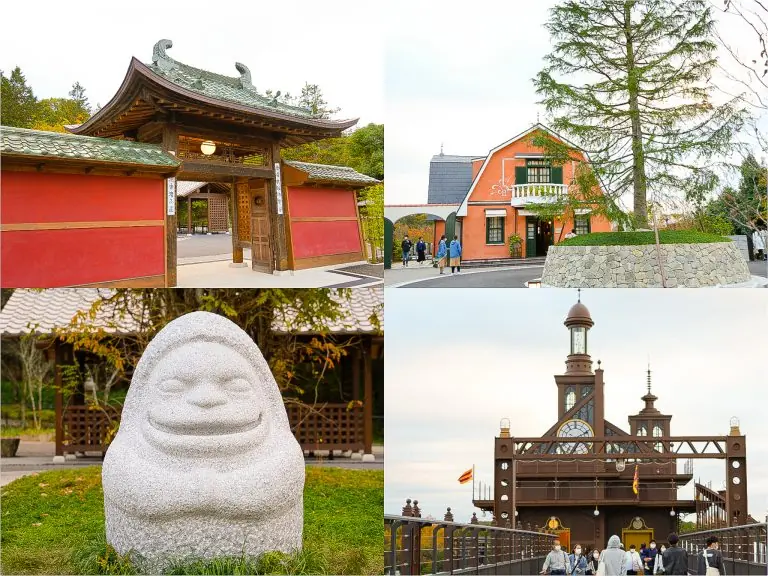
![[Within 2hrs by Car] 12 Outing Areas where You can Go on a Day Trip from Nagoya!](https://life-designs.jp/wp/wp-content/uploads/2023/07/odekake12_w1200h900_20240422-328x246.png)
![[14 Selections] Recommended spots to spend the weekend in Kakuozan area of Nagoya](https://life-designs.jp/wp/wp-content/uploads/2022/07/Kakuozan-spot_w1920h1088_240605-328x186.png)

